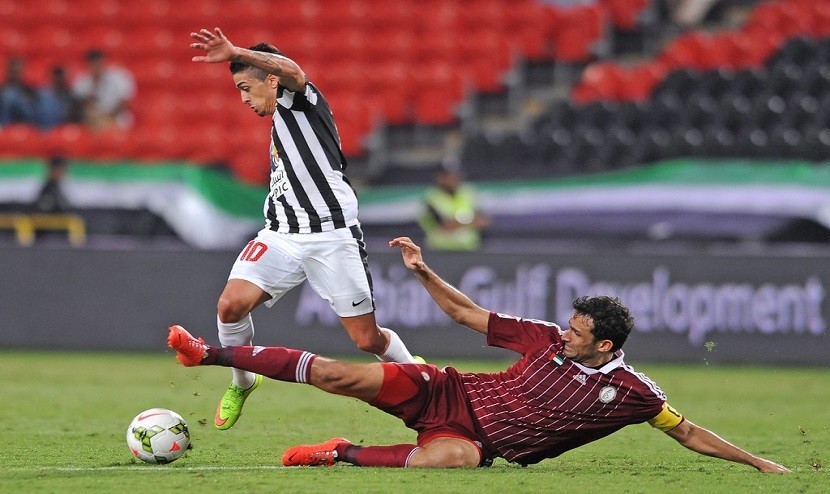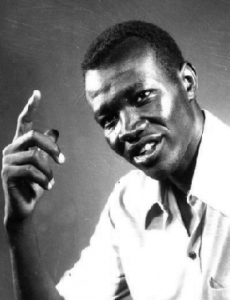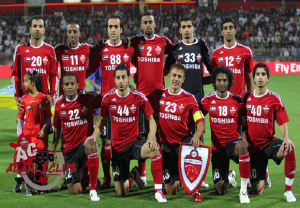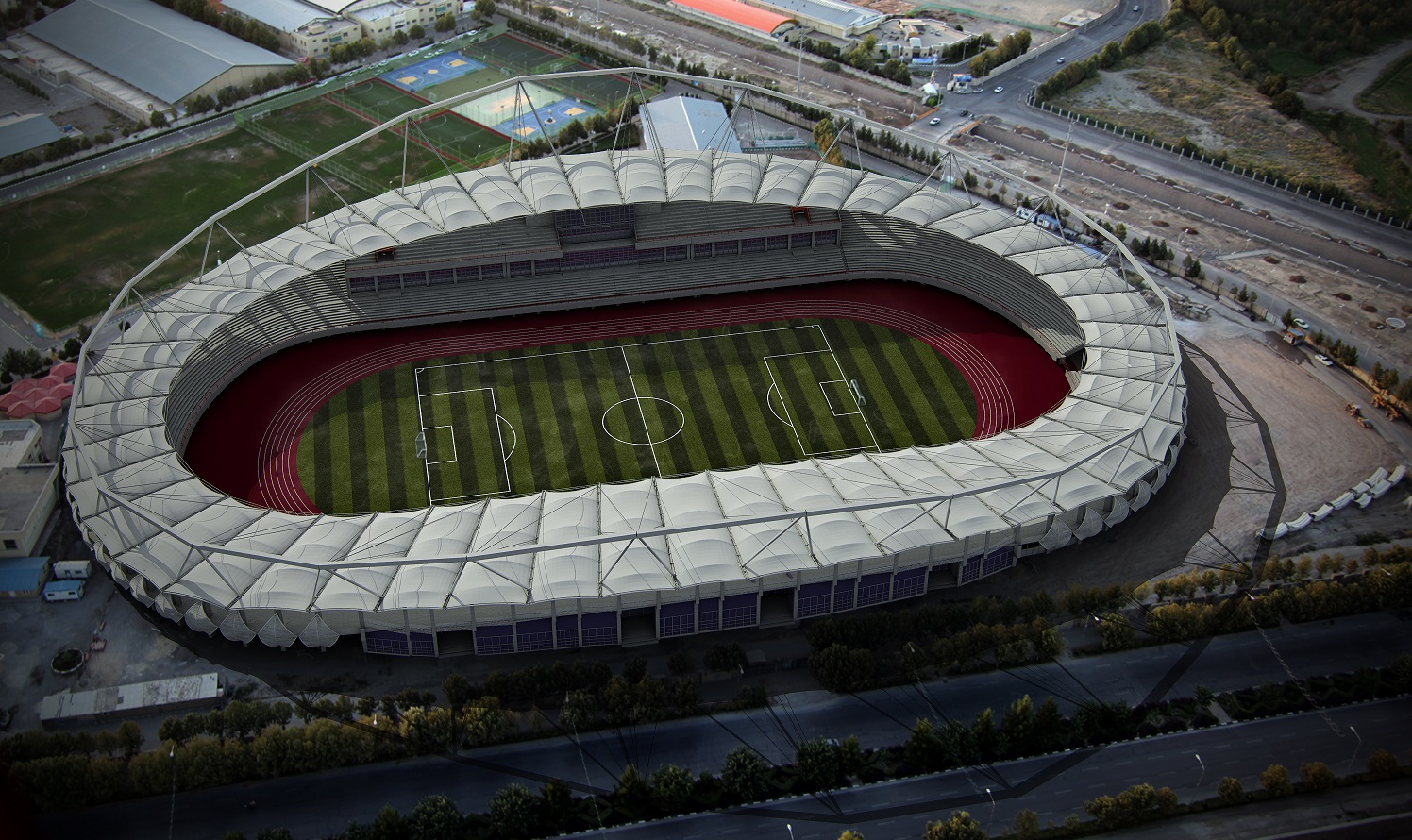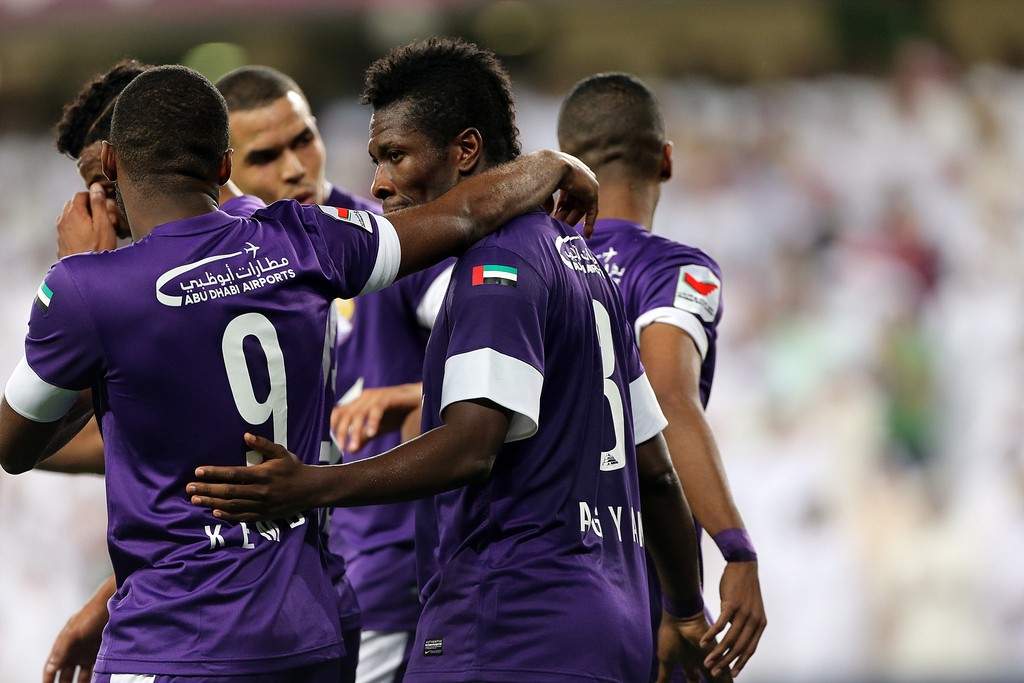-
 Is Dubai Finally Getting a Club to Match its Status?
5 days ago
Is Dubai Finally Getting a Club to Match its Status?
5 days ago -
 Dubai Ruler Orders Merger of Three Top Division Clubs.
6 days ago
Dubai Ruler Orders Merger of Three Top Division Clubs.
6 days ago -
 The Forgotten Generation
7 days ago
The Forgotten Generation
7 days ago
Legends of Arabia – A History of Foreign Players in the U.A.E, Part 1
Foreigners in the Gulf are always having the locals look up to them as players who are able to lead them into domestic and continental dominance. They are usually the wildcard that can either help a team avoid relegation or fail by missing three quarters of the season due to injury with his team suffering due to his lack of input and the money that they spent on him.
In the U.A.E, the foreigner rule is 3 + 1, which means that every team can have three foreigners from anywhere around the world and one foreigner who is from Asia or owns an Asian passport. Players such as Jucilei (Al-Jazira), Luis Jimenez (Al-Ahli), Mauricio Ramos (Sharjah) and Fabio de Lima (Al-Wasl) are some of the players currently playing in the league who own another passport or possess a dual nationality from either Palestine or Uzbekistan – but are originally from South America.
Back in the 70’s, it never worked like that; there were no such thing as professional contracts. Foreigners were mostly imported from Iran, Pakistan, Oman and Africa due to lack of popularity and ability to bring in players from further abroad. It says it all that in the first three seasons of the U.A.E. domestic league, two of those seasons had a top scorer from Pakistan and Sudan.
One of the First – Al-Fadhel Santo (Sudan) | Al-Nasr
Al-Fadhel Santo was the top scorer of the 1975/1976 edition of the U.A.E League with ten goals to his name, at the mere age of twenty. Also dubbed as one of the “muhtarifeen” (professionals) as he came to the U.A.E, he had an interview with a Sudanese media outlet recalling his past events. Santo, whose name has been adopted by current Al-Ahli full back Eissa Ahmed ‘Santo’, was a man known for his brilliant personality and imperative goalscoring ability. He once claimed in an interview that he earned 200,000 Sudanese Pounds from signing with Al-Merreikh and handed all that money to his mother, “money had no value to me or to anyone back then. It was about playing football”.
Moving on to his career at Al-Nasr, he reminisced the moments of the signing by claiming that he earned approximately 80,000 Emirati Dirhams ($22,000 today) with 5,000 ($1,360) received in bonuses for signing with the club. Originally, he was supposed to sign with the Saudi Arabian version of Al-Nassr but the Saudi club chose Mustafa Al-Naqr over Santo. Santo’s best moments came during a 3-2 win over Al-Ain that he helped turned around in the last seven or so minutes before the end of the game. “I scored the equaliser in the late minutes of the game to turn the Al-Nasr fans’ grim faces into happy faces, but once I scored again half a minute before the whistle blew the whole stadium erupted and the whole face of the game changed within a few minutes. The board was ecstatic with my performance”.
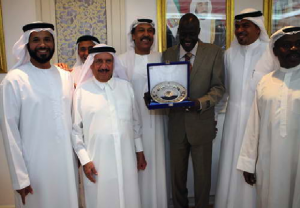
Santo (third from right) being praised by the Al-Nasr board almost 30 years after his stint in Dubai.
His stay in Dubai lasted from 1976 to 1981, experiencing the best moments of his footballing life as a result of the incredible atmosphere created by the Al-Nasr fans back then, who boasted what was arguably the greatest fan base in the U.A.E at the time. However, one of the first, most impressive foreigners in the U.A.E could not continue his dominance as one of the most prolific scorers in the nation with the likes of Karim Abdul Razak and Mohieddine Habita taking the mantle over the next couple of years.
A Ballon D’or Winner arrives at Abu Dhabi
In 2001 after spells with Manchester City, Marseille, A.C. Milan, PSG and others – 1995’s World’s Best Footballer had arrived to sign for the Pride of Abu Dhabi, Al-Jazira Club. A team managed by Jan Versleijen at the time, Al-Jazira were involved in arguably the biggest coup in world football, importing his Liberian compatriot James Debbah alongside him too. It was George Weah, one of the best players in the world during the 90’s, who had come to “save” Al-Jazira.
Al-Jazira endured a mediocre season, finishing third – twelve points off the champions Al-Wahda. The team “needed” a prominent figure to help them win the league title, as the Pride of Abu Dhabi possessed no honours to speak of. What Al-Jazira subsequently completed surprised the whole world of football, as it was Al-Ain – the most successful club in the U.A.E – who had backed out of signing him according to an excerpt from the Gulf News in 2001:
Butti Mohammed Al Qubeissi, the Chairman of the Al Jazira club’s board of directors, told Gulf News how they managed to rope in George Weah.
“Our club did not start negotiating with George until we got an assurance from Al Ain (with whom Weah was negotiating) that they stopped their attempts to sign him.
I spoke to Sheikh Hazza bin Zayed Al Nahyan, the Vice President of the club’s Honourary Council, who confirmed that his club was not involved in further negotiations with the player,” Qubeissi said.
“I have good relations with George since his days in Milan. I felt that he will be the ideal player for our club. I sent one of my friends to George in New York and we started the negotiations.
“The deal was finished easily as George did not ask for any exaggerated deal and I assure you that his deal is similar to those of most foreign players with the other domestic clubs despite the fact that he is now the best and most famous player to play in our local league.
“We regard ourselves lucky to sign such a player who will earn more publicity not for Al Jazira Club only, but to the whole UAE league in international media,” Qubeissi said.
George Weah helped the club to a runners-up finish in the league and in the FA Cup although that was deemed inadequate at the capital, as the then-37-year-old was unable to propel his team towards their first league title. Nevertheless, it was great to see him scoring in his first ever game in the U.A.E League – albeit being a penalty – earning his team three points in the process in a 1-0 win over Al-Shaab. He went on to finish the season with fifteen goals in a 22-game season while scoring a solitary goal in the Super Cup Semi-Final (yes, the Super Cup was contested between four teams back then).
Weah went on to score the exact same in the next season – his final season in the U.A.E – with fifteen goals to his name in addition to five goals in the renamed Presidents’ Cup this time round. A legend, scoring 30 goals in an unknown amount of league games (assuming that he played in every league game, which would be a goalscoring rate of 0.7 per game) is definitely not a bad feat for a player at the age of 37.
Ali Karimi and Farhad Majidi, The Pearls of Persia
Ali Karimi accomplished what a lot of players failed to complete before making the transfer to the big guns in Europe; he moved away from home to try his luck in a developing league. Moving from Iran to the U.A.E on a two-year contract in 2001, Karimi was one of the bright talents of the Persian Gulf and decided that a move close by would do him well. “I could have moved to [Atletico Madrid, Hamburg or Perugia] but I will finish my two-year contract with Al-Ahli before leaving for a big club”. He ended up leaving in 2005, for the biggest club in Germany – Bayern Munich.
Al-Ahli paid $1.3 million for the deal, $500,000 per year and $300,000 for monthly salaries and accommodation. This was a huge investment for the U.A.E at the time especially for a player who would train with a meager set of other “professionals” in the team most of the time – due to the league possessing a semi-professional status back in 2001. Nevertheless, he was dubbed as the “Asian Maradona” due to his exquisite skill and flair, helping him earn the title of “Asian Player of the Year” during his time at Al-Ahli.
Karimi scored fourteen league goals in his first season only to be beaten to the Golden Boot by Mohammed Al-Enezi who scored a massive twenty-two. A huge downturn occurred next season with Karimi only scoring five, before winning the Golden Boot the third time round (03-04, fourteen goals). He helped Al-Ahli to two Presidents’ Cup wins in 2001-02 and 2003-04, before leaving for Bayern Munich on a free at the end of the 2004-05 season.
Karimi left without winning the league but there was another Persian who did one better by winning the AFC Champions League with an Emirati team, on loan from Al-Wasl to Al-Ain in the 2002-03 season. Unfortunately never being able to win the league, Farhad Majidi was a big help towards the later stages of the competition for The Boss. Playing in four games and scoring one, very important goal – the 87th minute “winner” in the 2nd leg of the ACL Semi-Final, where he helped tip the tie into Al-Ain’s favour, 7-6 on aggregate – and also featuring in the first leg of the ACL Final in which they defeated BEC Tero Sasana 2-0. He created the assist, which was his best input in that match.
Unfortunately for Majidi it was in that season that Al-Ain won the league title and he was only allowed to play in the Champions League for them (assuming he was cup-tied for all domestic games) and was not perceived as a league winner. Even worse, he left in 2006, the season before Al-Wasl (his parent team) won the league title! Exactly like Karimi, Majidi scored fourteen goals in his first season in the U.A.E. Furthermore exactly like Karimi, he lost out to the Golden Boot to none other but Mohammed Al-Enezi (who coincidentally keeps the trend rolling as he scored twenty-two goals in each of the two season he beat the Persian player to win the Golden Boot). Majidi continued with eleven goals in the 2001-02 season, twelve in the 2002-03, eleven in 2003-03 and fourteen in the 2004-05 season. A great source of goals much like Karimi, Majidi tailed off in his last season with three goals to his name.
Nevertheless, both players were great and brought themselves either big moves or big titles – further enhancing Iran’s name as a country of developing creative attacking midfielders (see Iman Mobali and Masoud Shojaei, both who also played in the U.A.E). A top example of model professionals for the locals to look up to since the inception of domestic football, there is no doubt that these players’ names will be murmured time and time again onto domestic fans’ lips.
- Fabio Lopez and his “miracle” job at Al-Ahli (KSA) - April 5, 2017
- 2017 AFC CHAMPIONS LEAGUE PREVIEW: WEST ASIA - February 19, 2017
- تحليل تكتيكي : الوصل 2-1 الوحد - February 3, 2017
- PREVIEW: 2016 ASIAN CHAMPIONS LEAGUE FINAL - November 18, 2016
- Saudi Football’s Liberation Must Wait - September 7, 2016
- WCQ2018 Asia: 6 Talking Points from the Middle East - September 7, 2016
- PRESS TALK: August 31, 2016 - August 31, 2016
- FRIDAY WITH… FABIO LOPEZ - August 26, 2016
- PRESS TALK: AUGUST 25, 2016 - August 25, 2016
- PREVIEW: AL-AIN VS. LOKOMOTIV | #ACL2016 - August 22, 2016
Similar posts
-
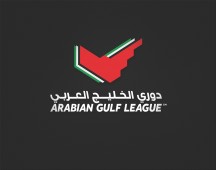 Arabian Gulf League
Arabian Gulf League
2016/17 ARABIAN GULF LEAGUE PREVIEW
-
 Internationals
Internationals
PRESS TALK: August 31, 2016
-
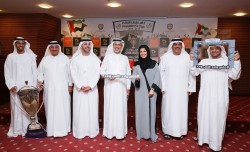 Arabian Gulf League
Arabian Gulf League
Khamis Esmail registration mistake not the first in UAE Football
-
 Youth Competitions
Youth Competitions
AFC U-23 CHAMPIONSHIP: PLAYERS TO WATCH | PART 2
-
 PodcastUncategorized
PodcastUncategorized
2015 REVIEW PODCAST
-
 Podcast
Podcast
EP1: MIDDLE EASTERN FOOTBALL PODCAST FT. BEYONDTHEPITCH & DANTANI

